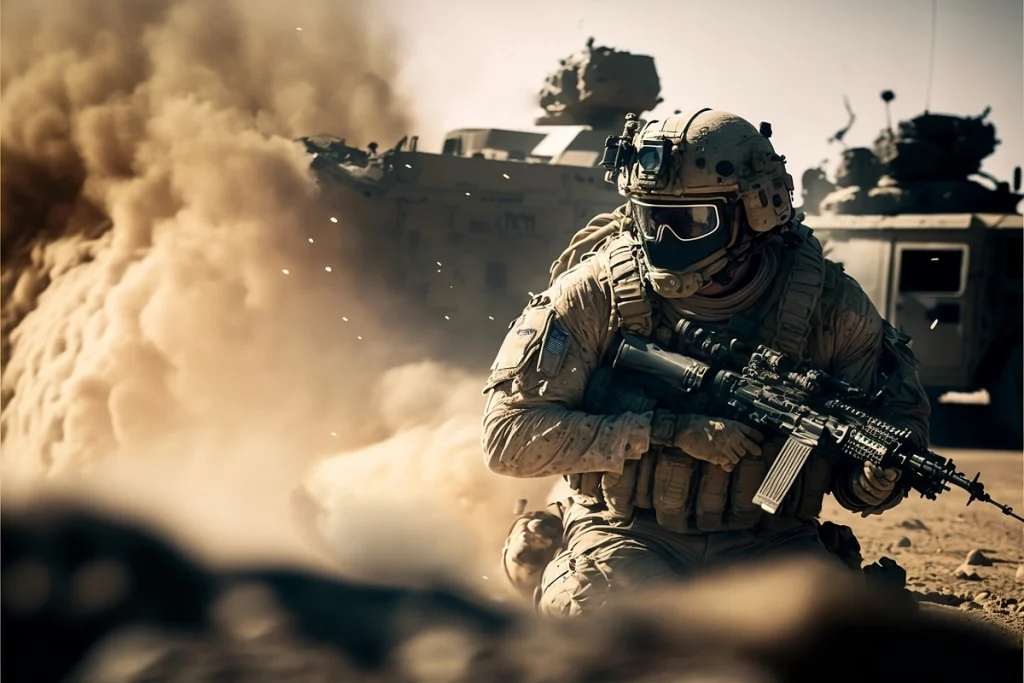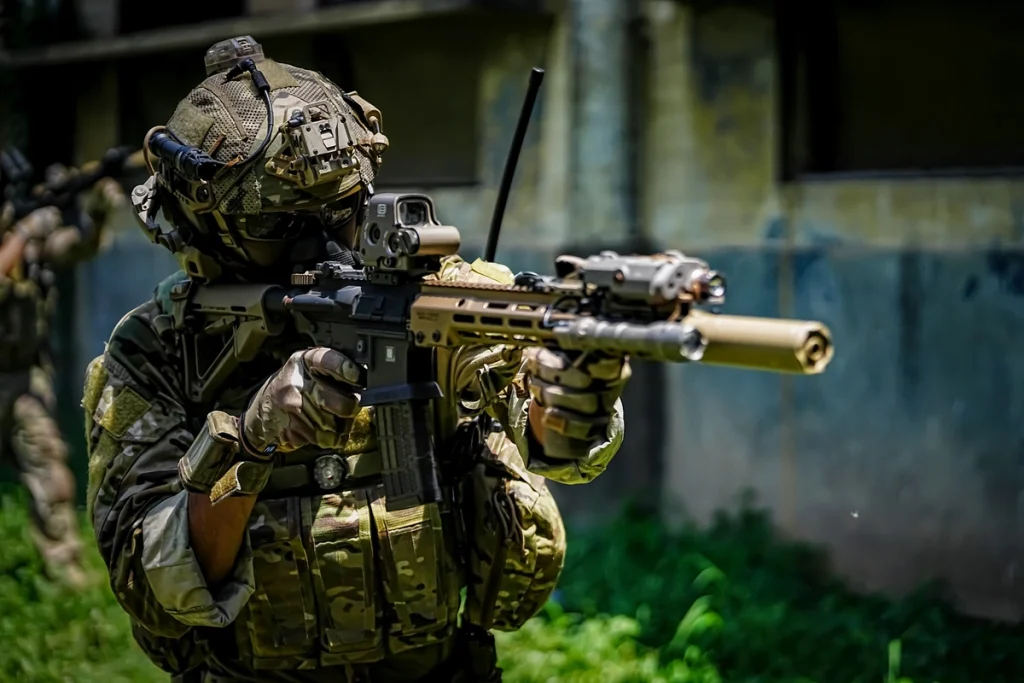At the heart of global politics and trade, lies the Wassenaar Arrangement, a subtle but powerful agreement established in 1996 that quietly shapes the world’s security balance. Uniting more than 40 countries, from great powers to smaller states, the Wassenaar functions like a conductor in an orchestra of international export controls, regulating the flow of conventional weapons and dual-use technology – civilian and military. Its unobtrusive but undeniable influence on political decisions and trade strategies makes it a fascinating subject for analysis, showing how key decisions shaping our world are often made outside the spotlight, in the background of the international political scene.
How does the Wassenaar Arrangement work?
This Arrangement is an intergovernmental agreement that has regulated international trade in conventional weapons and dual-use goods and technologies since 1996. A key element of this agreement is cooperation and information sharing among the 42 participating countries. The countries undertake to inform each other of significant export transactions, especially those that may raise international security concerns. This transparency allows monitoring the flow of goods that may contribute to conflict or destabilization.
The Wassenaar Arrangement is not a treaty and does not have the force of law, but its impact comes from the goodwill and cooperation of member states. A regularly updated list of controlled goods determines which technologies and weapons are subject to special surveillance. In this way, the Wassenaar Arrangement becomes a dynamic tool that adapts to changing technological realities while striving to maintain global stability and security.

Wassenaar in the modern world
In a rapidly changing global landscape where technology is evolving with astonishing speed, the Wassenaar Arrangement is playing an increasingly important role. In the digital age, where the boundaries between civilian and military technology are becoming increasingly unclear, the Wassenaar is adapting to meet new challenges. The agreement not only controls traditional weapons, but also focuses on advanced technologies such as encryption software and surveillance technologies that can be used for both peaceful and wartime purposes.
Against the backdrop of global tensions and growing fear of cyber-attacks, the Wassenaar is becoming a key tool in ensuring security and stability. Countries participating in the Arrangement are constantly updating lists of controlled technology to reflect the latest developments in science and engineering. As a result, the Wassenaar Arrangement is no longer just a Cold War relic, but a living, evolving mechanism that seeks to keep up with the rapid pace of technological innovation and changing threats on a global scale.
Effectiveness of the Wassenaar Arrangement
Assessing the effectiveness of the Wassenaar Arrangement requires looking at the complex and often subtle nature of international export controls. However, as a voluntary and cooperative arrangement, its power lies more in creating norms and expectations than in enforcing harsh sanctions.
Examining more specific examples, it is clear, that the Wassenaar Arrangement has contributed to greater transparency in the international arms and technology trade. Participating countries have repeatedly managed to avoid selling dangerous technologies to unstable regions. However, critics point to gaps in the Arrangement, such as its limited ability to deal with non-standard technologies, as well as difficulties in monitoring and enforcing its rules. Despite these challenges, the Wassenaar Arrangement remains an important tool in the global quest for security and stability, although its future role and form may require adjustments in the face of rapidly changing technological and political realities.

Role of Wassenaar Arrangement
The Wassenaar Arrangement is an important part of the international export control landscape. In a world that is constantly evolving under the influence of new technologies and changing geopolitical balances, the Arrangement’s role as a mechanism to prevent the spread of dangerous technologies is undeniably important. Although Wassenaar, like any international agreement, has its limitations and challenges, its contribution to promoting global security and stability is very valuable.
In the future, the Wassenaar Arrangement will have to adapt to new realities, including the growing importance of digital technologies and the complex challenges of controlling the modern arms trade. Its ability to evolve and adapt will be key to continuing to function effectively in a world where the boundaries between national security and global cooperation are increasingly fluid. The Wassenaar Arrangement thus remains an important, though often underestimated, player on the international stage, whose future actions will have a far-reaching impact on shaping international order and security.



